Discover the pros and cons of the two most popular garden types in this beginner-friendly guide!
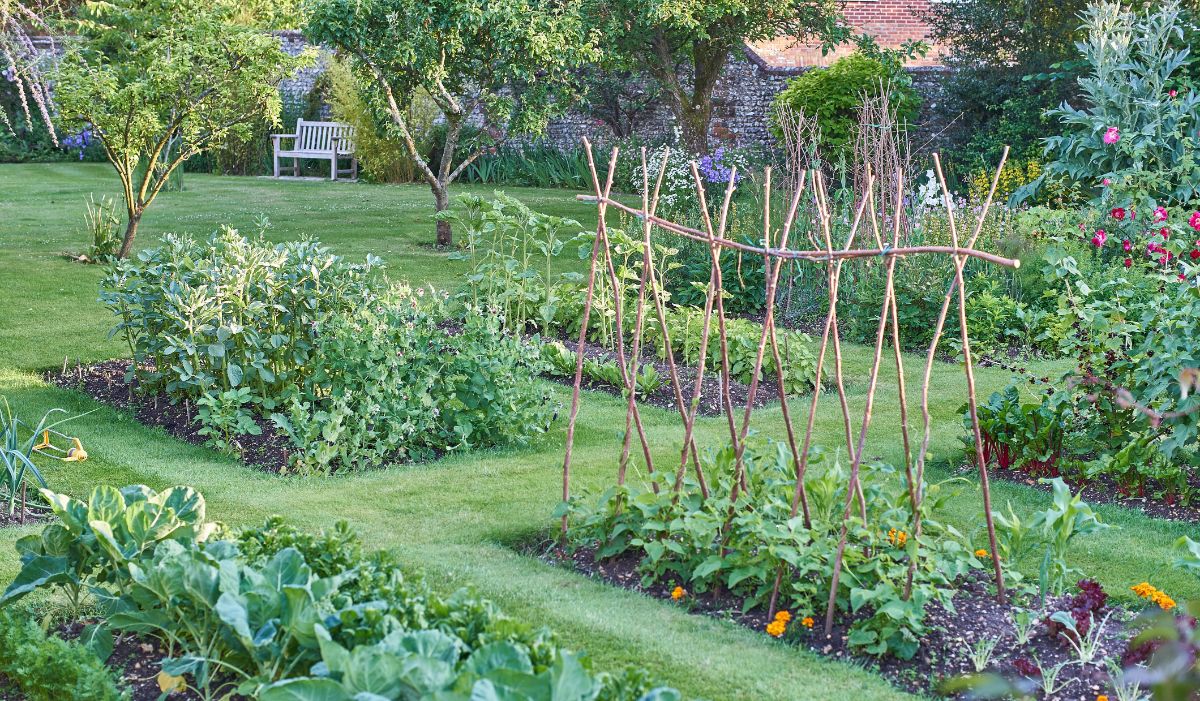
Setting up your new garden can be an incredibly exciting time! From choosing which plants to grow to designing an aesthetically pleasing garden, there’s just so much to consider. But if you’re starting a new garden from scratch, you may not know which type of garden will work best for you.
Two of the most common garden types today are raised bed gardens and inground gardens. These two gardening styles both have their pros and cons and can offer something different to vegetable, herb, and flower gardens.
To help you decide which garden is best suited for you and your space, we’ve developed this simple guide comparing raised beds to inground gardens. We hope this information makes it easier to decide which garden type you’d like for your home!
Raised bed gardening
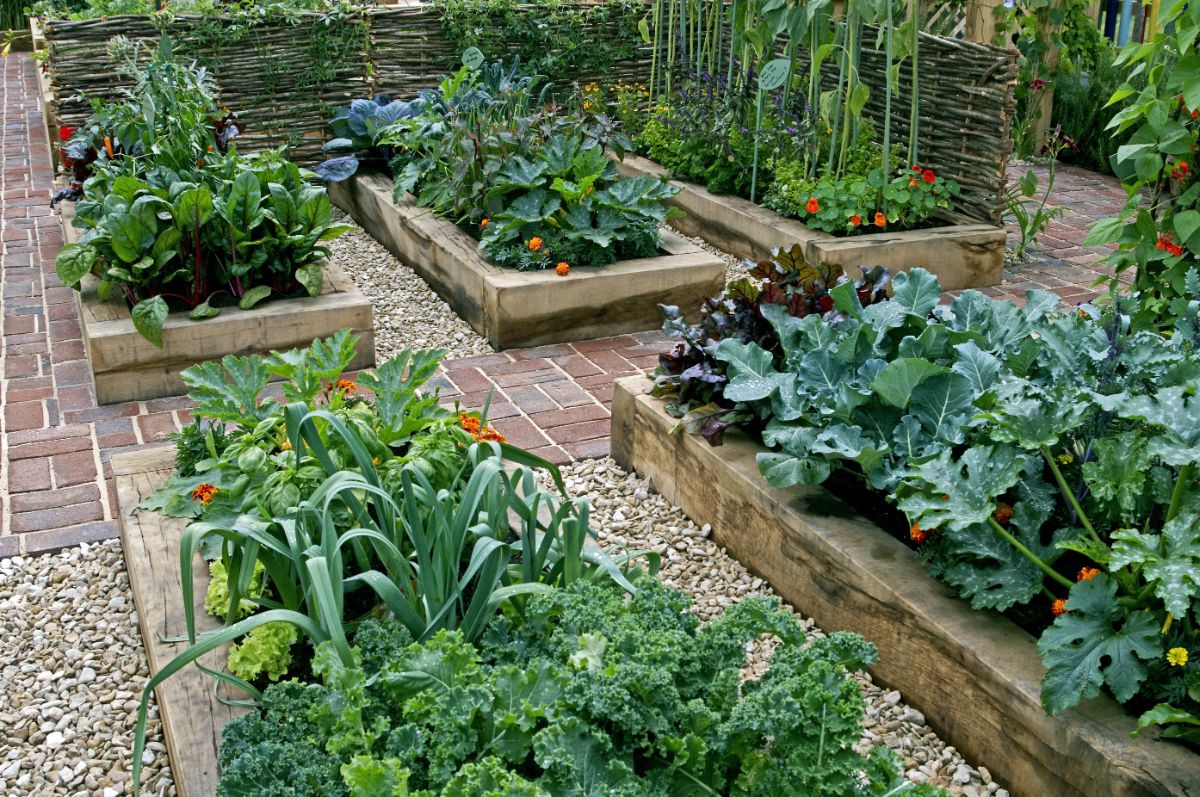
Also called box gardens, raised bed gardens are simple garden structures that are built above the soil line and filled with new soil. The framework of raised bed gardens can be made from several different materials, including wood, plastic, and metal. When the framework is built, soil is usually trucked in or brought in in bags to fill up the raised bed boxes.
Wooden frames tend to be the most popular, and a simple raised bed frame can be easily constructed from pine ledger boards or weather-resistant cedar. Premade galvanized steel raised bed frames are also frequently used and can be especially well-suited for square-foot gardening.
Because raised beds are built above your garden soil, they usually are filled with a lightweight soil mix that doesn’t compact easily. Specific soil blends intended for raised bed gardens are usually recommended.
Pros
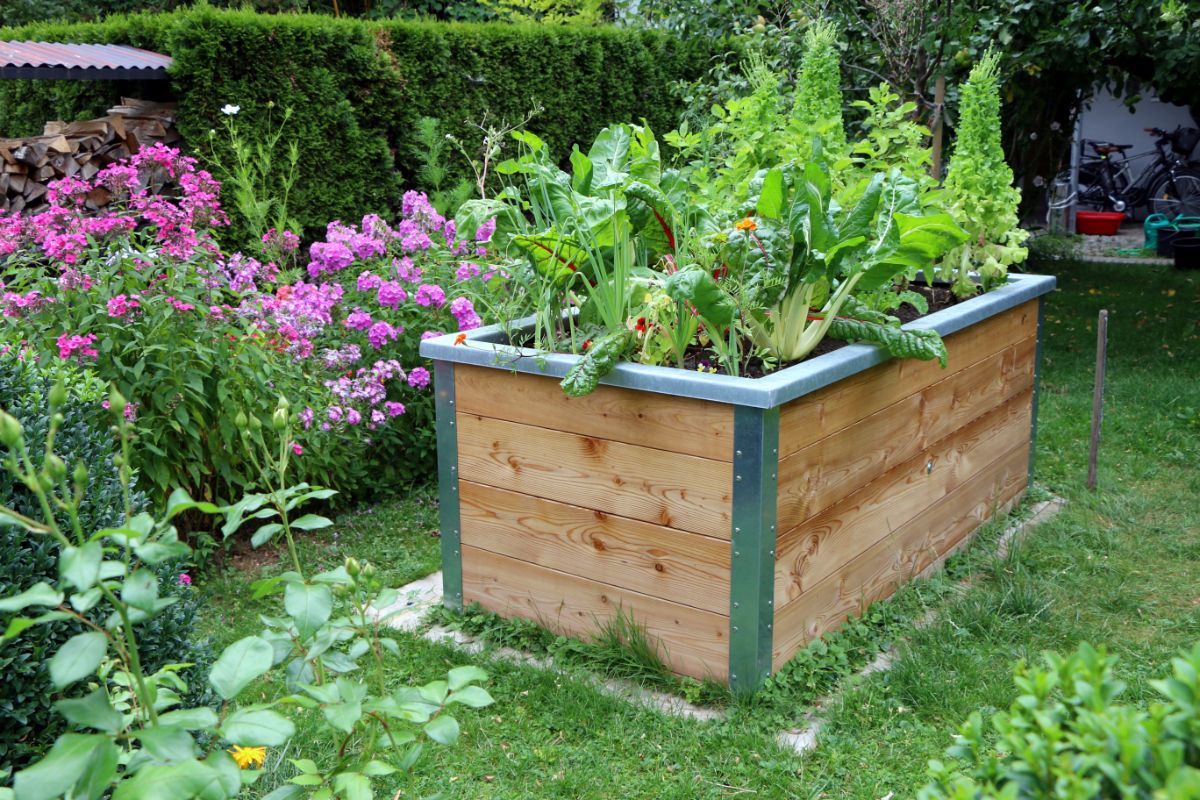
Raised beds can be specially made to suit your garden design and aesthetic taste. While natural wood is often used to build the framework of raised garden beds, you can choose other food-safe materials to match your home and garden style. If you’re handy with tools, you can also make raised beds in curved or other creative shapes or build them with high walls for ergonomic support.
While these are just some of the many reasons you may want to try out raised bed gardening, below you’ll find a more thorough list of all the pros and cons of this gardening technique.
Soil quality
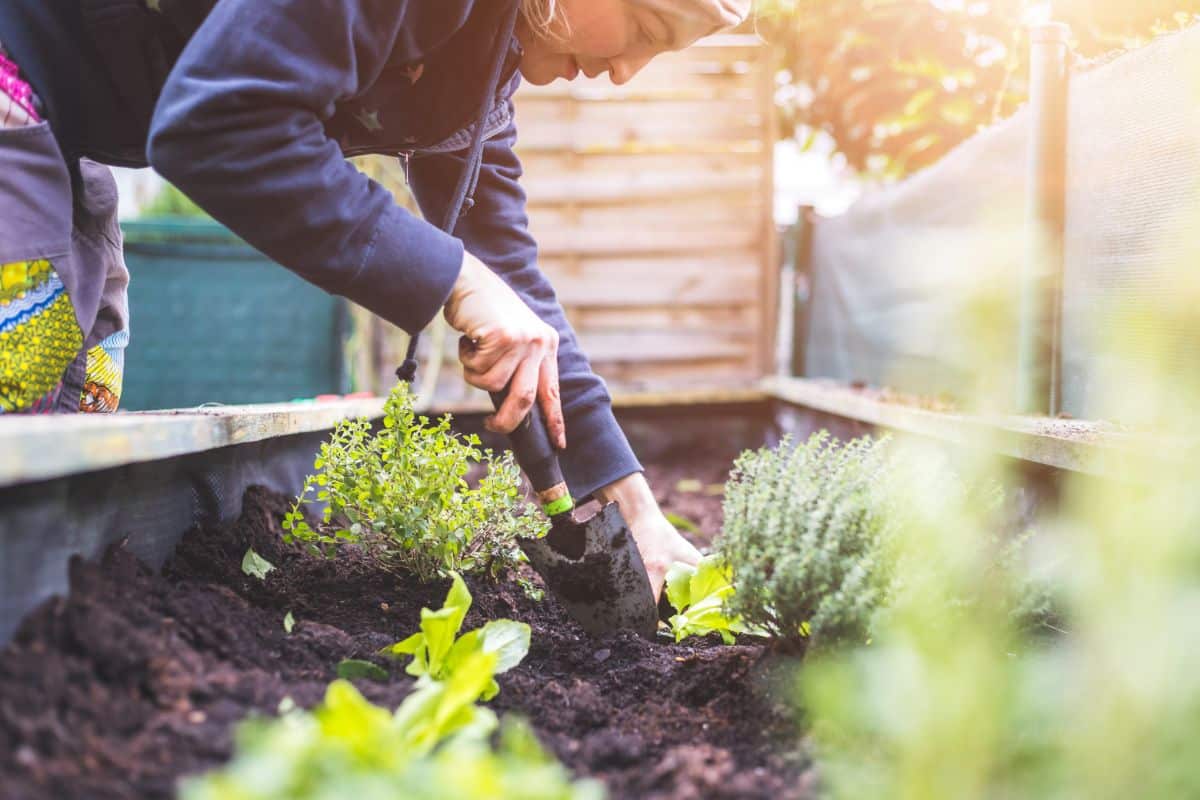
Soil is usually brought in to fill up raised beds, which gives you complete control over your soil quality and nutrient content. Depending on where you live, you may be able to order a soil delivery from a local landscaping company, or you can purchase bagged soil to fill up your beds. Just make sure whatever soil you purchase is intended for raised bed gardening, as standard garden soil is too dense for raised beds.
Nutrient-poor soil can make it very difficult to produce a healthy harvest of fruit, veggies, and flowers. However, if you purchase raised bed soil, you can find a mix that is rich in nutrients, amended with compost, and/or made with entirely organic ingredients. Alternatively, if you’d like to make your own raised bed soil, you can create a simple blend by mixing together equal parts vermiculite, coconut coir, and compost.
Being able to select your own soil can be a wonderful solution to yards with poorly draining areas. Raised beds garden are often commonly installed in properties with clay or sandy soils.
Deep soil
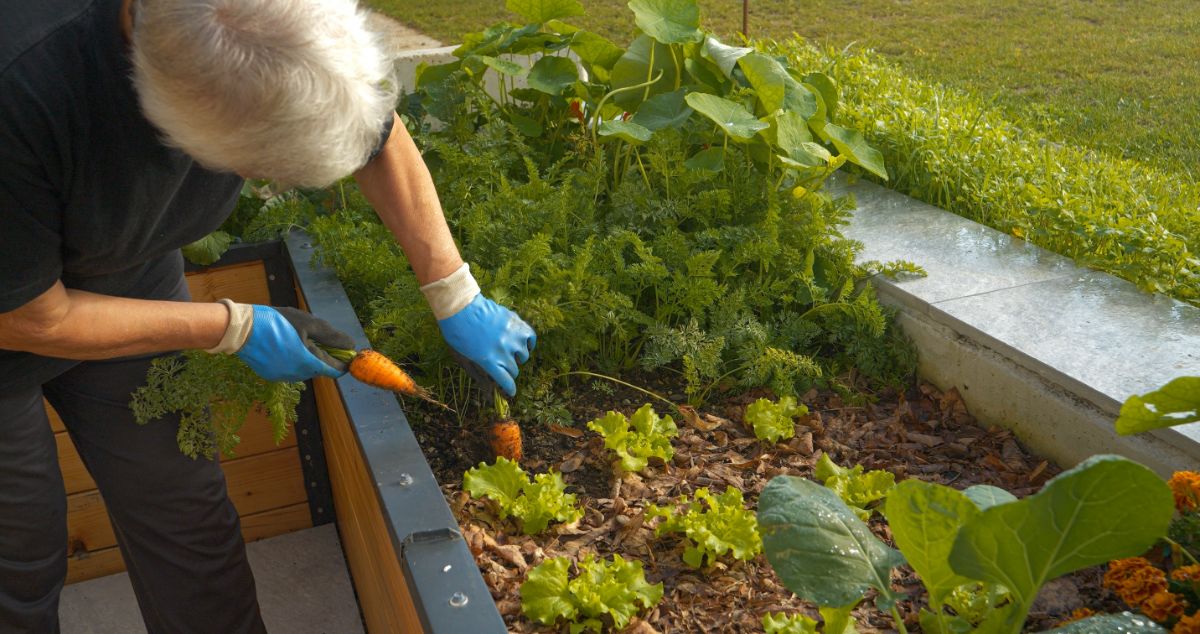
Rocky and compacted soil can be impossible to garden in, especially if you want to keep root vegetables. However, raised bed gardens can be built with varying wall heights, so you can make them as deep as you want!
Building beds that are at least 12” high will give you plenty of room for root vegetables. Even better, because these veggies will be growing in loose, raised bed soil, they won’t have anything limiting their root growth. That means carrots, beets, and turnips should grow beautifully in raised beds!
Earlier planting
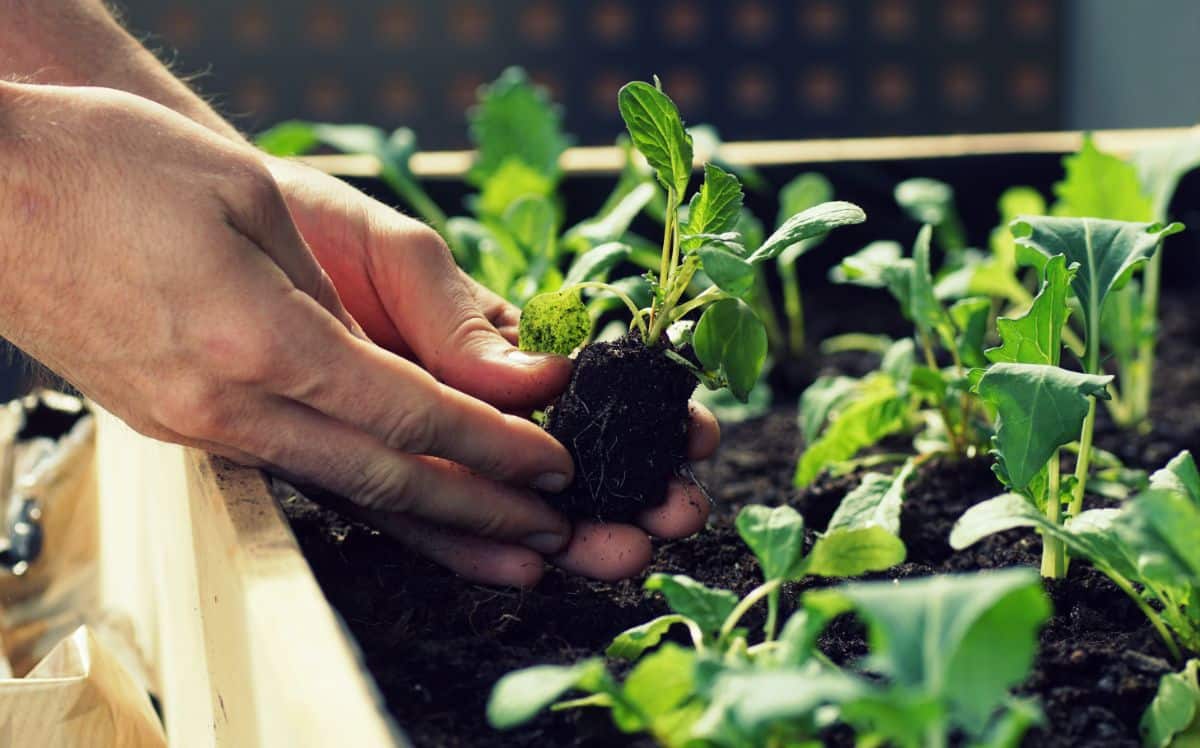
Raised beds are lifted off the ground, and that added space helps them to warm up sooner in the spring. This can allow you to begin planting your beds a bit earlier in the year for an extended harvest season.
Better drainage
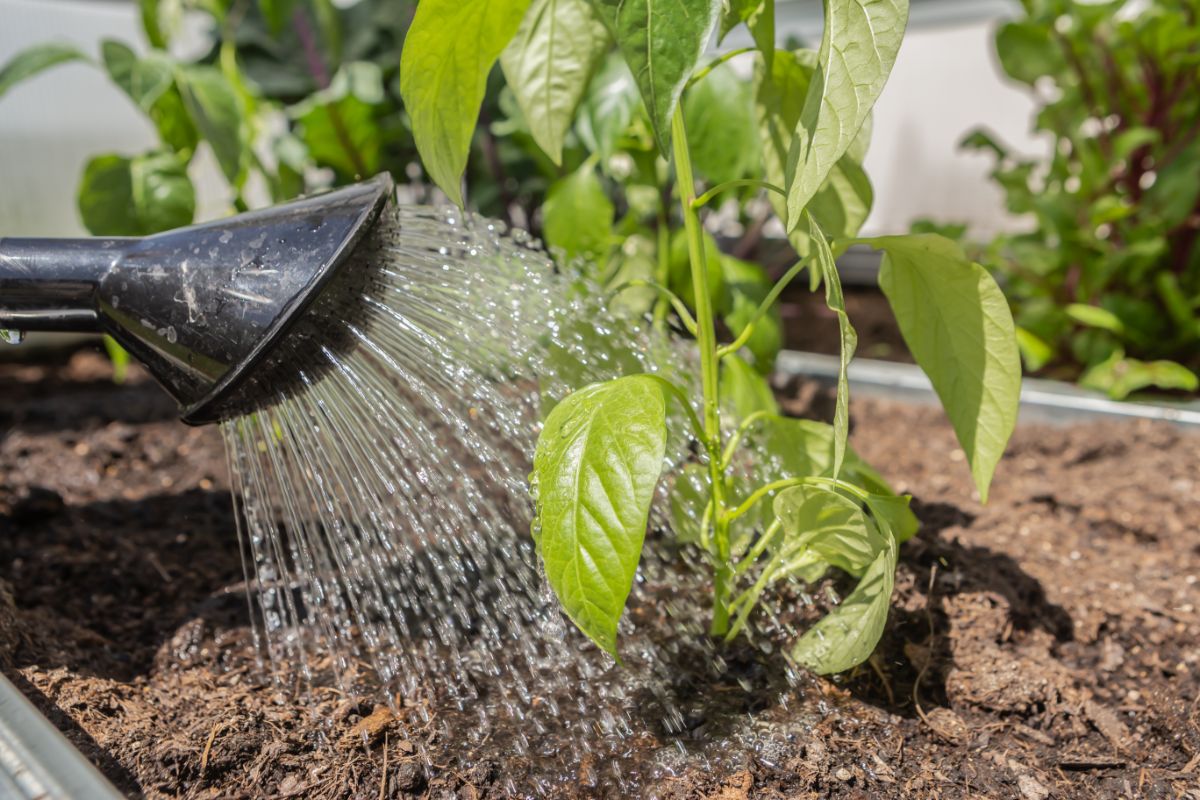
In addition to warming up faster in the spring, raised beds also generally drain better than inground gardens. If you struggle with soggy soil and wet spots in your yard, keeping plants in raised beds can ward against overly wet soil and root rot.
Adaptability

Because they are built above your existing soil, raised beds allow you to garden even if you have soil that is dense, rocky, or heavy in clay or sand. But raised bed gardening expands your gardening options even further than that.
Raised beds can be added on top or even built onto small balconies for urban gardening. You can also adapt raised beds to square-foot gardening practices to grow an intensely planted garden of vegetables in even the smallest of spaces.
In fact, due to their sheer adaptability, raised beds make it easy to garden in backyards that would be otherwise unsuitable for plants!
Aesthetics
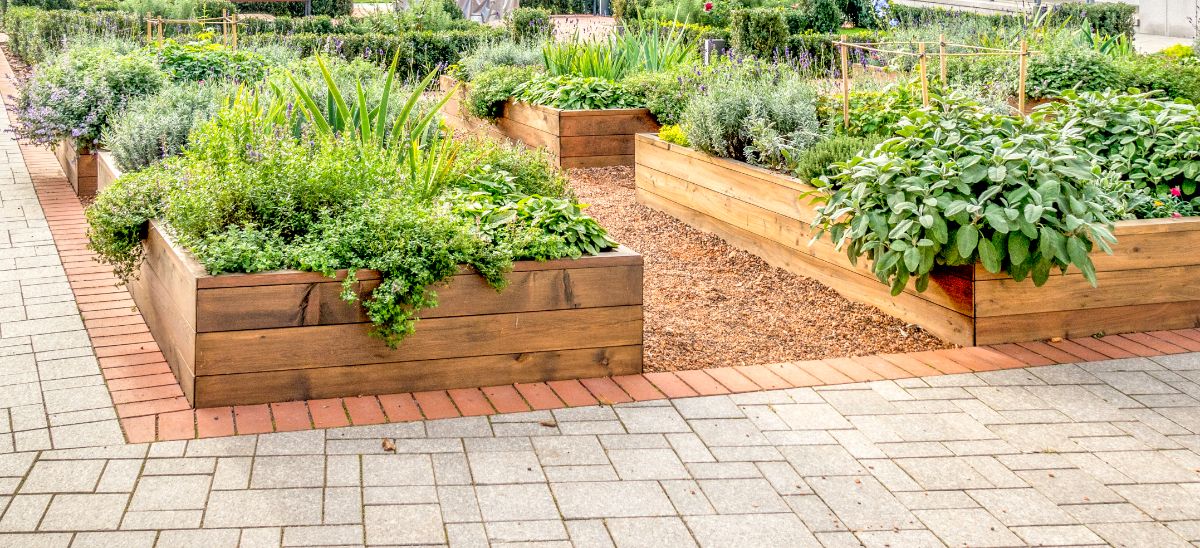
There’s no doubt about it. Raised beds are simply attractive structures that can add charm and interest to any garden design. Depending on the materials you use, you can coordinate your raised beds with your home’s exterior. On the other hand, if you prefer a more rustic look, you can make raised beds out of ledger boards or wood logs.
Raised beds also work beautifully with drip irrigation systems, so if you want to install a drip line, these beds can be a good choice. Drip line tubing can be hidden in the interior of your raised beds to create a more streamlined look.
Fewer weeds
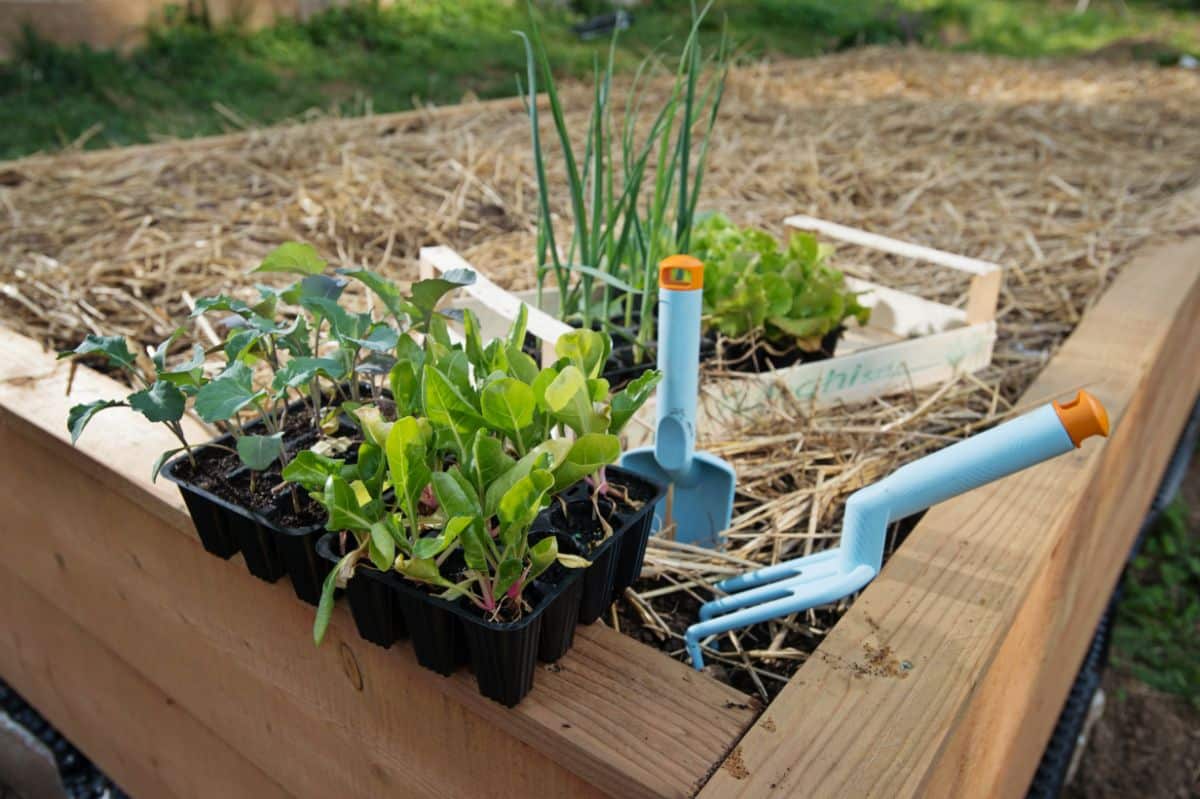
Since raised beds usually are filled with soil that is brought to your home, they usually have fewer weeds in general. You can further reduce the amount of weeds in your raised beds by laying down a weed barrier fabric beneath your raised bed before pouring in your soil. For a more eco-friendly option, cardboard or several layers of newspaper placed at the bottom of your raised beds can block out weeds and improve the look of your garden.
Beyond that, raised beds can be more simple to weed than standard inground beds. This is partly due to the height of the walls, which are more ergonomic to work with. To ensure you can properly weed your raised bed gardens, keep the width of your beds to 4’ or less.
Simplified pest control

Floating row covers and hoops are easier to install over raised beds, and they can be simply mounted to the bed framework with straps and screws. When installed at the beginning of the season, floating row covers can be one of the best ways to keep cabbage loopers, aphids, and other pests away from your crops.
Raised bed gardens can also be built with soil-dwelling pests in mind. Voles and wireworms can devastate root crops, but adding hardware cloth to the base of your beds will keep out burrowing rodents. Adding new soil from reliable suppliers to your raised bed gardens can be the solution to wireworm woes.
Ergonomic
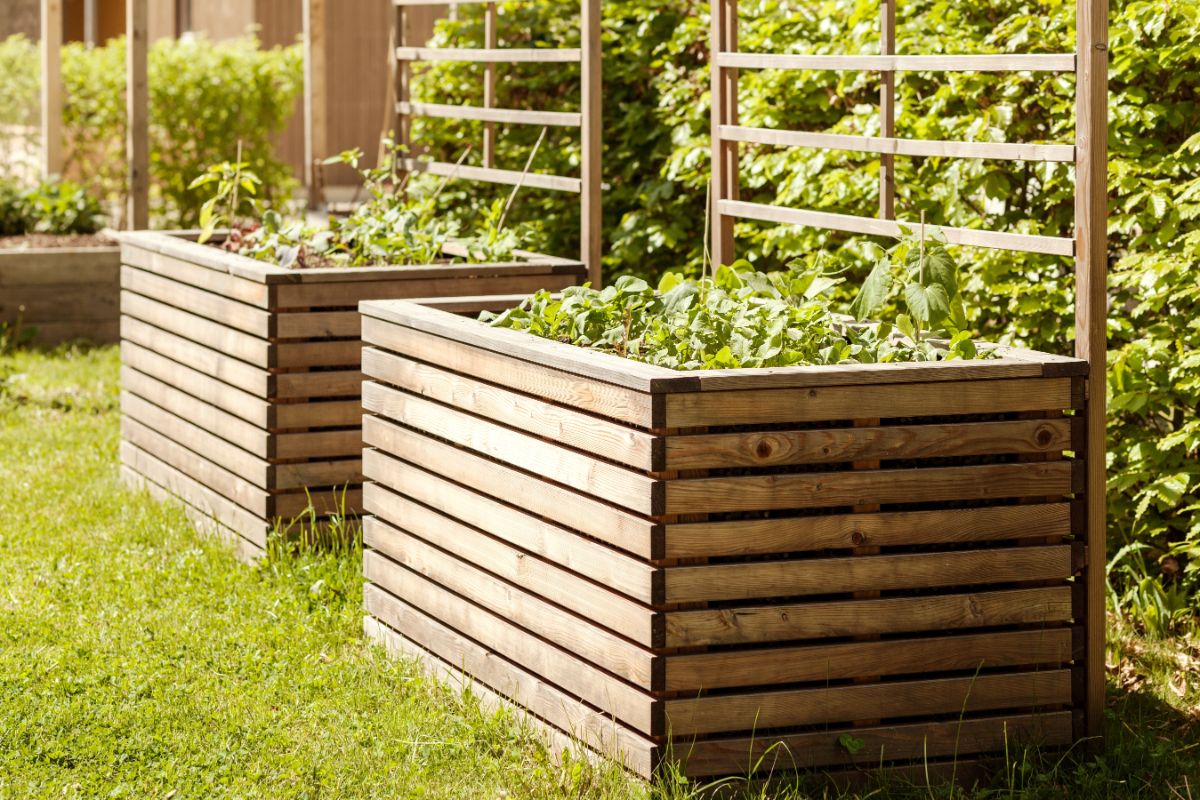
Raised beds are usually built with 12” high walls, but if you suffer from back strain or achy joints, you may want to make your raised beds even taller. The higher you make your raised beds, the less you’ll have to bend over to tend your plants. Raised beds can be built to waist height for even better ergonomic support.
Cons
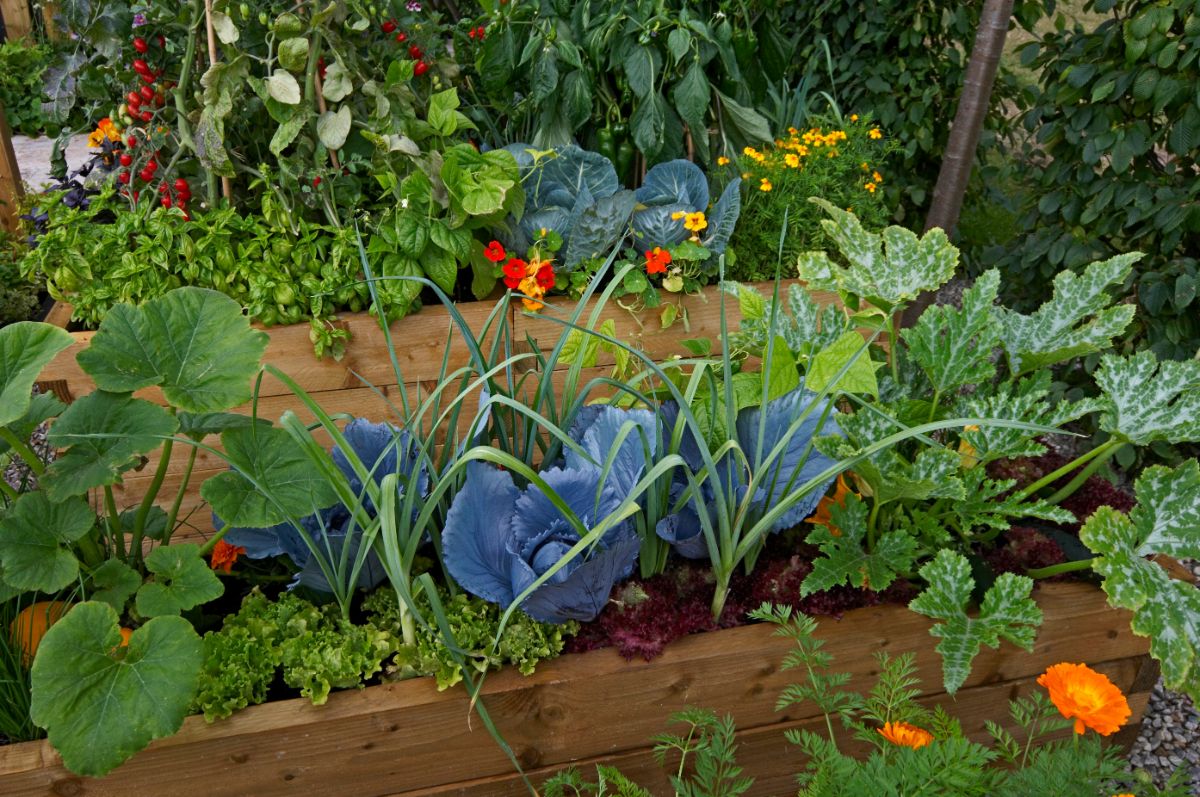
While there are a lot of benefits to raised bed gardening, there are a few drawbacks too. And, as adaptable as raised beds are, they aren’t suitable for every gardening location.
Cost
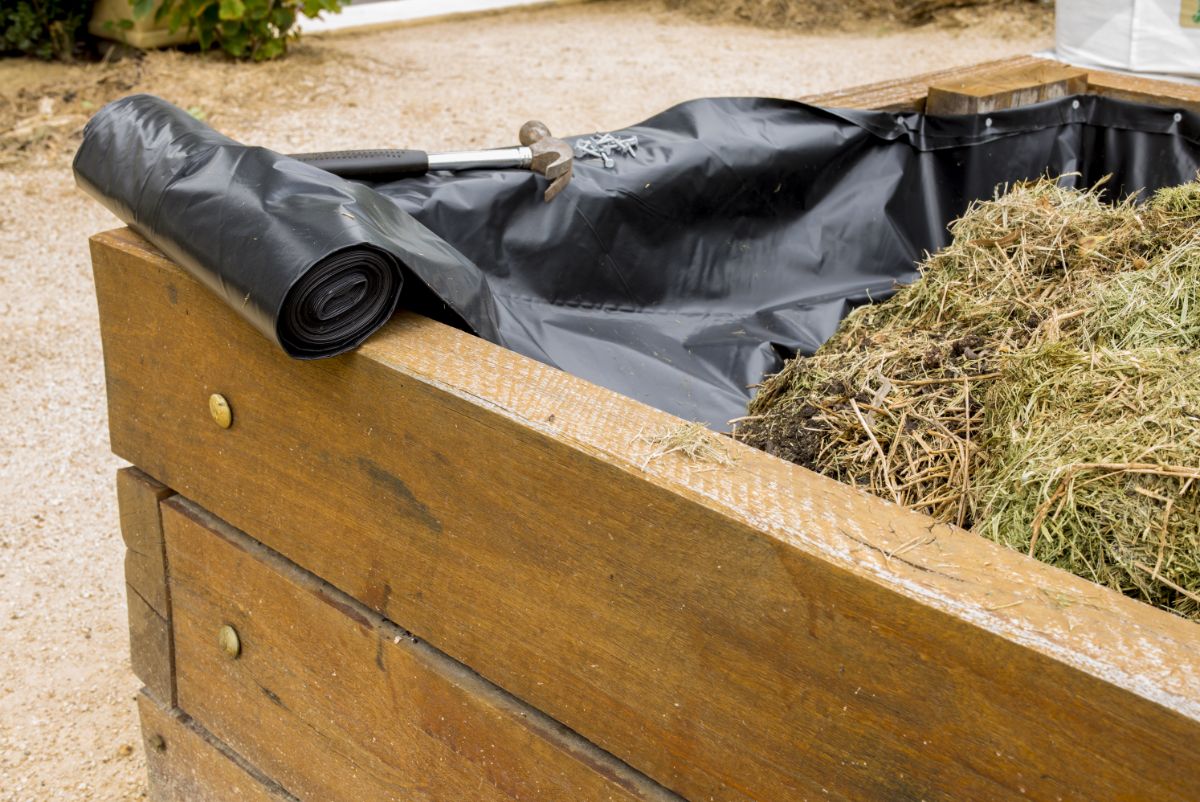
Compared to inground gardens, raised beds can have a higher initial startup cost. When calculating the price of this garden type, consider the cost of wood and soil, as well as any other materials you need (like weed barrier cloth). While you may be able to use some upcycled materials to build your garden bed frames, you should be prepared to invest a bit if you want to build raised beds.
Durability
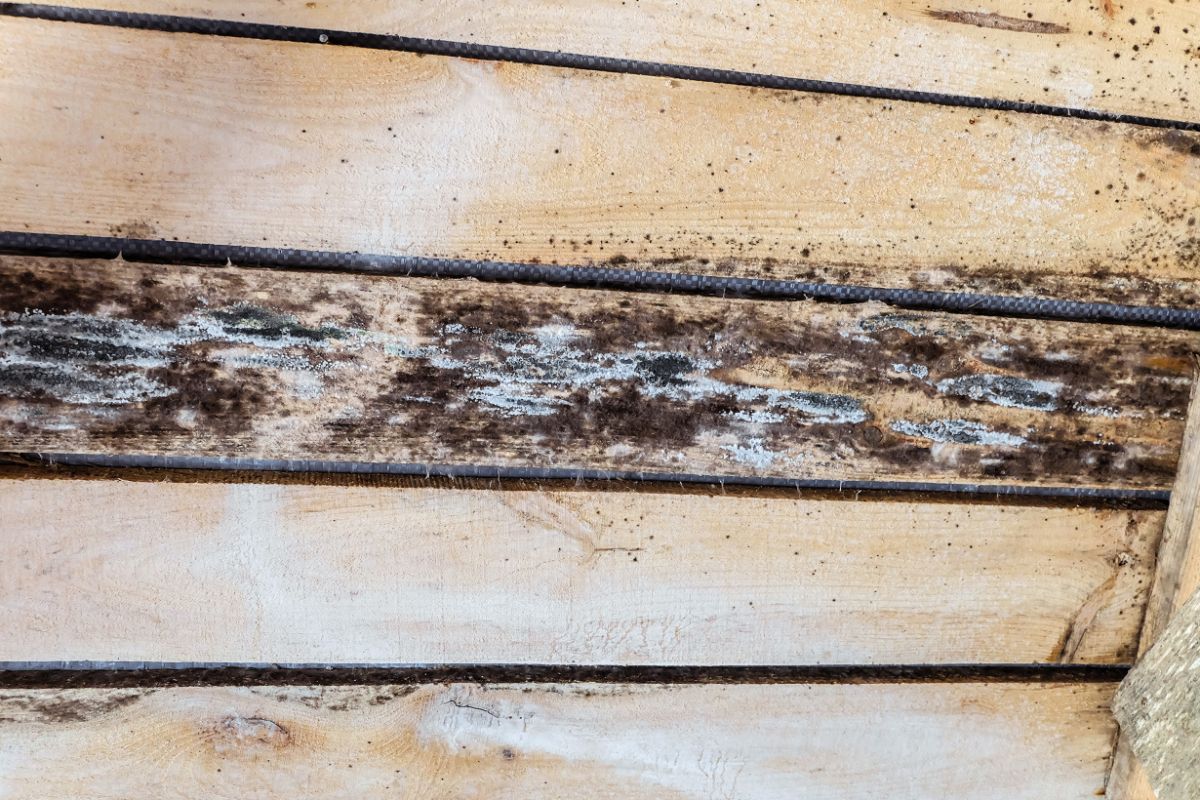
If your raised bed frames are made out of wood, they will need to be replaced from time to time.
The type of wood you choose will determine how often the frames will need to be replaced. Pine ledger boards will last for several years, while water-resistant cedar can last even longer. Galvanized steel beds will likely last the longest, although they will still need occasional maintenance.
Note: Even though raised beds don’t last forever, when you replace damaged sections of your raised beds, you don’t usually need to tear out the entire bed. If you work carefully, a single wall can be replaced at a time, and your garden soil won’t need to be disturbed much.
Not suitable for all spaces
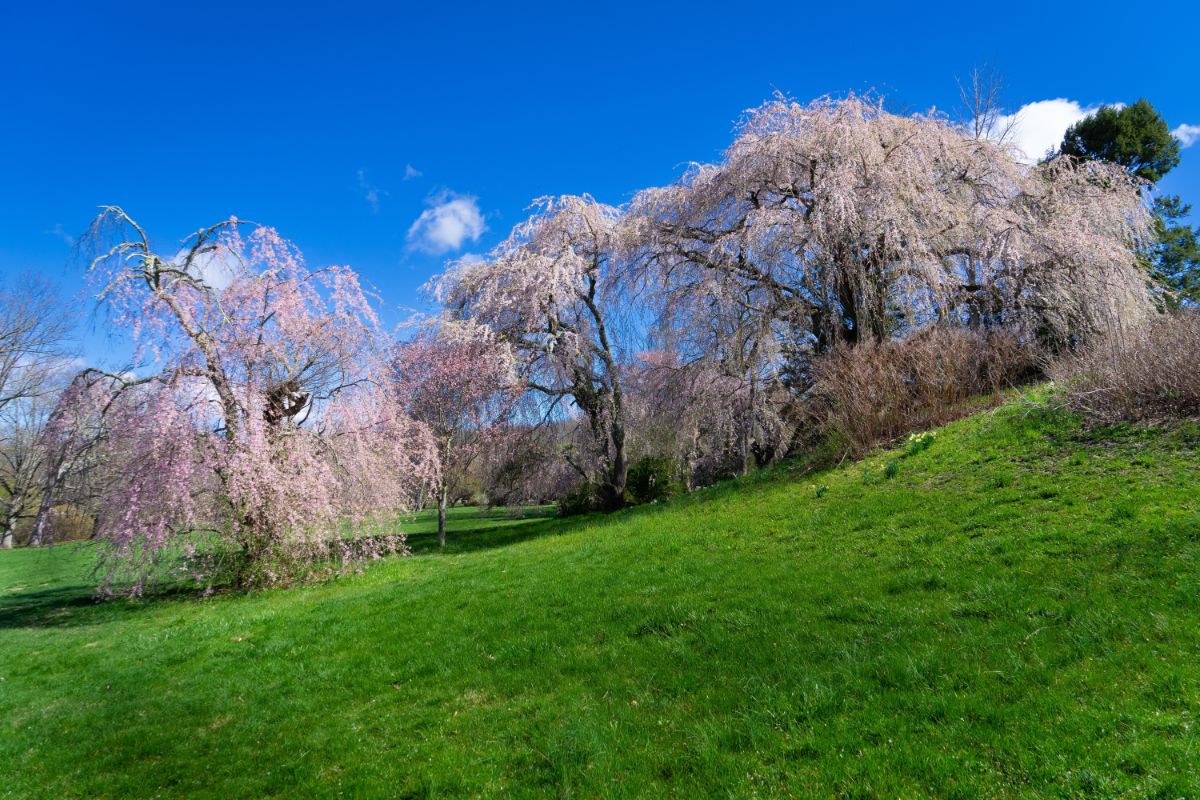
Raised beds can be built in most garden spaces, but there are a few exceptions. Specifically, raised beds don’t work well on uneven landscapes.
If you have a hilly property, you may still be able to use raised beds, but you will need to level out the ground as much as possible. Uneven soil will cause water to pool towards one side of your raised bed, which can result in underwatered and overwatered plants.
Some assembly required
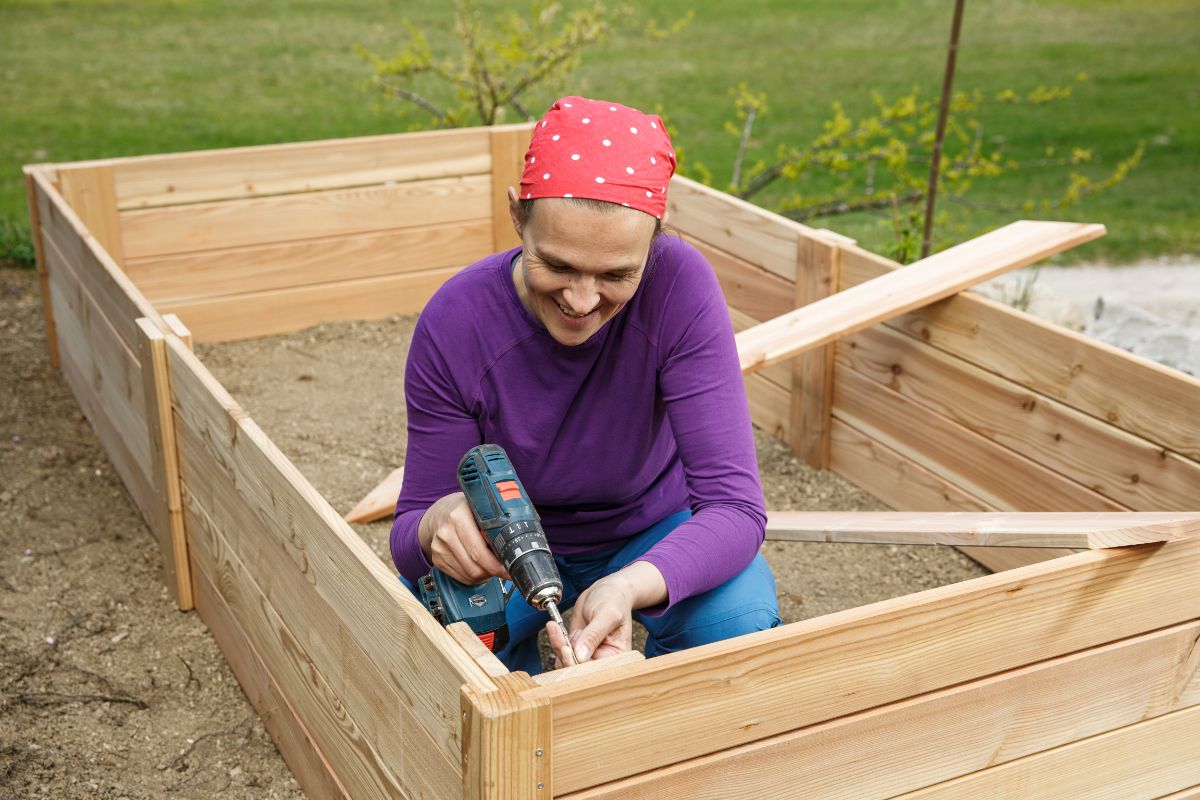
Unless you’re buying a premade raised bed frame, you will need to be a little bit handy to make a raised bed garden.
That said, a simple raised bed garden doesn’t require a lot of work to build, although you can definitely make more elaborate setups. If you’re new to building projects, you may just want to stick to the simplest designs made from a few wooden boards, screws, and a power drill.
Inground gardening

Inground gardens are just what they sound like. While raised beds are built above the soil line, inground gardens are dug right into existing soil. This garden style is the simplest and oldest gardening technique, but it still has a lot of utility today.
Depending on the garden site and the existing soil, soil may need to be tilled prior to installing inground gardens to loosen up the earth and remove rocks. An alternative technique, known as “lasagna gardening,” builds up new soil and compost on top of gardens to suppress weeds and improve soil fertility. If the existing soil is of good quality, these techniques may not be necessary, but working compost or aged manure into inground beds is generally recommended.
Pros

Inground gardens may look simpler than raised beds, but that doesn’t mean they aren’t as useful. In fact, there are some situations where an inground garden may be far superior to raised beds. Below are some of the perks of inground gardening to help you decide if this is the right type of garden for you.
Less expensive
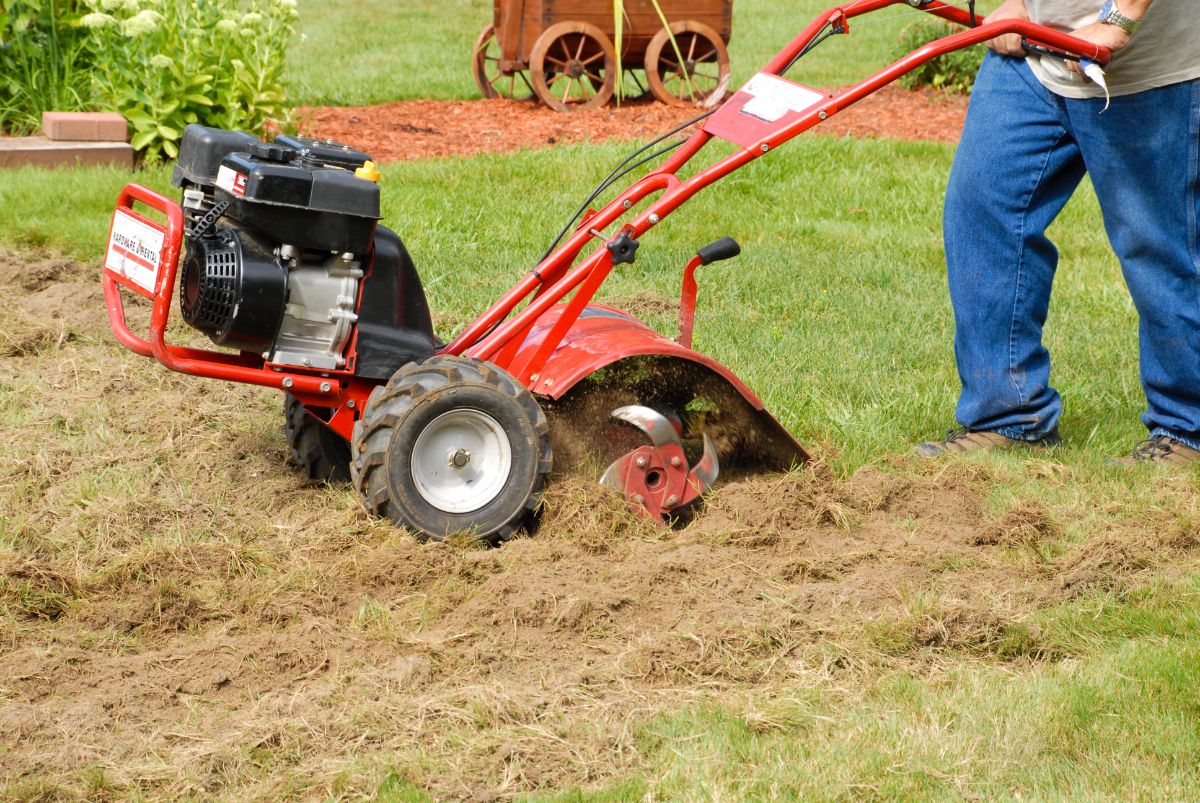
Inground gardens utilize the soil you already have, and they don’t require any additional framework, so it’s usually less expensive to start an inground garden. However, you may still need to invest a bit in your inground beds to set you up for gardening success.
Depending on your existing soil, you may be able to start gardening without any soil amendments. But if your soil is rocky or very compacted, you may want to till your space before you begin planting. Tillers can be purchased online or at a garden center, or you can rent a tiller for the day to save some money.
In addition to loosening up your soil, you may also need to amend your garden with fertilizers or other nutrients before you plant anything. A soil test will help you determine if your garden is lacking in any nutrients or if you need to amend your soil pH.
It’s also a good practice to start adding an annual application of compost or aged manure to your garden. This will provide a slow-release fertilizer for your plants during the growing season ahead and improve soil structure too.
Less upkeep
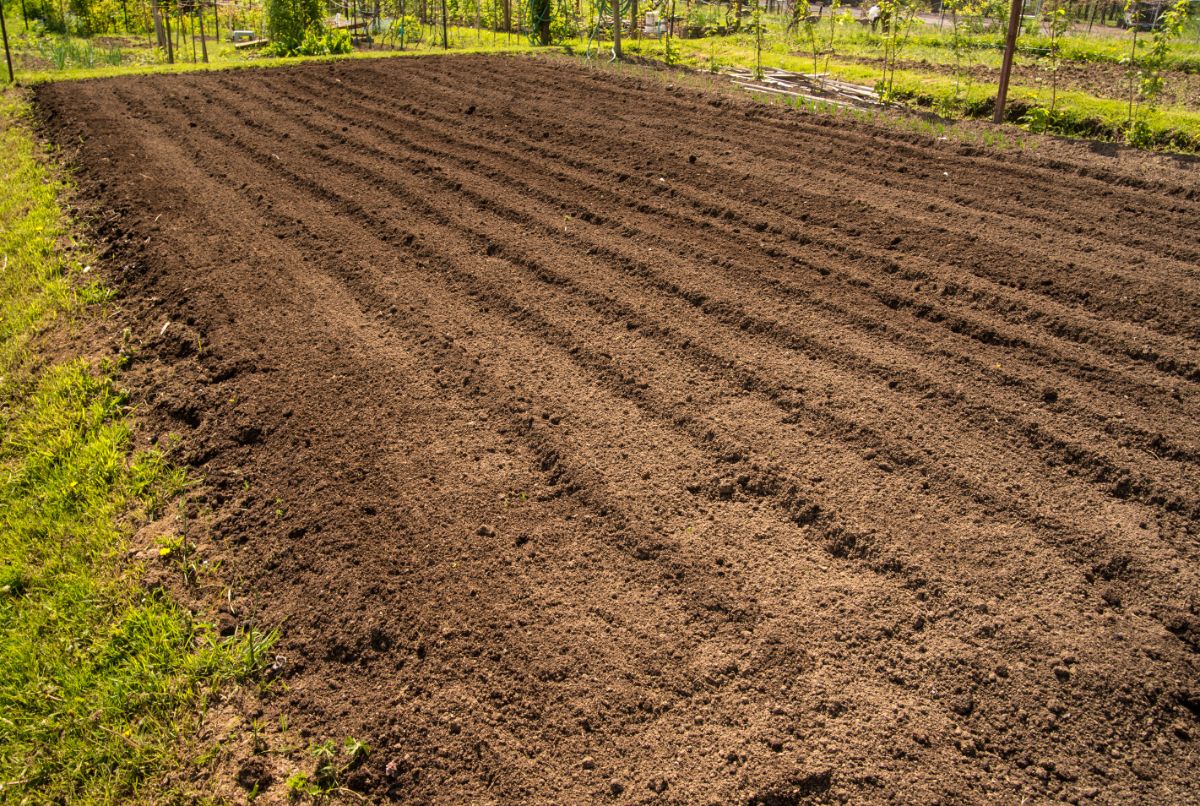
Since inground gardens don’t have any frames, you don’t need to worry about replacing the structures every few years. Inground gardens may still need to be refreshed from time to time with a thick layer of compost, but they generally require less fuss.
Note: Inground gardens may be more prone to weeds, so you will need to stay on top of weeding. Trying out a “weedless gardening” method, like lasagna gardening, can keep weeds down. Regular application of mulch, like weed-free straw or chopped autumn leaves, is another effective way to make sure weeds don’t become a problem.
Simple to install
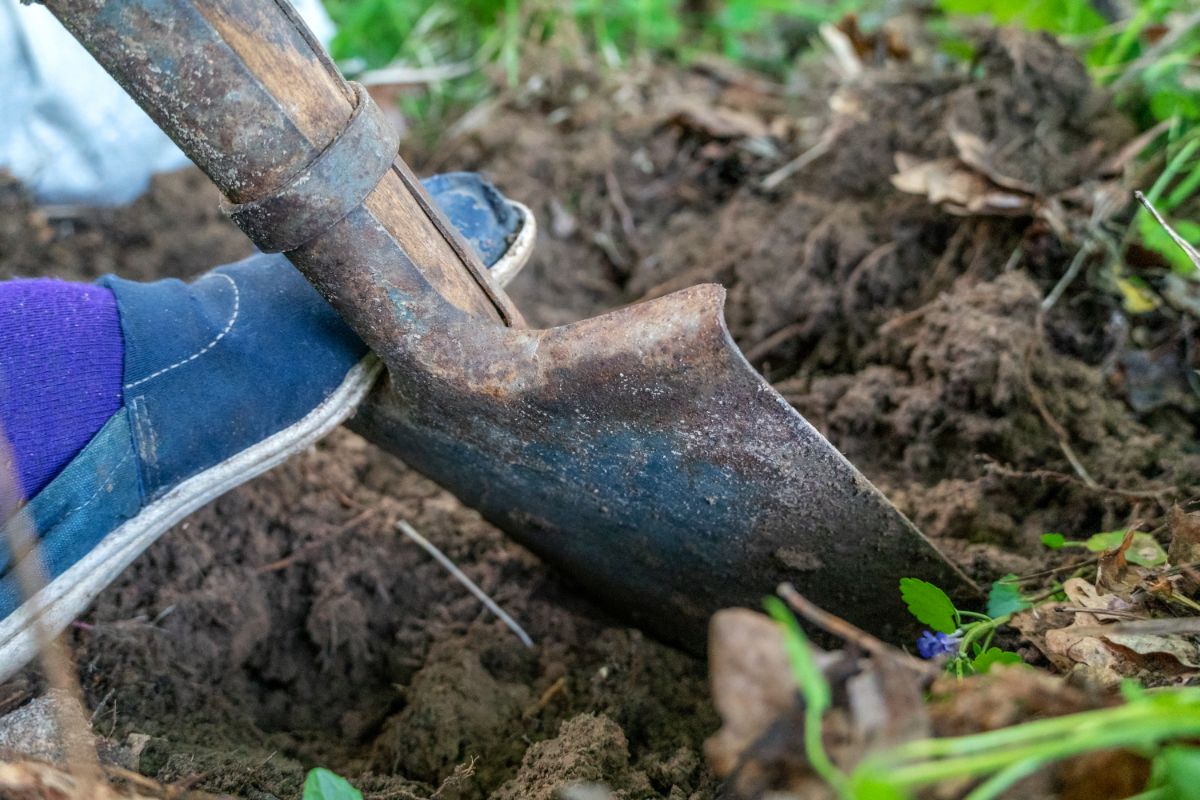
Unlike raised beds, you don’t need to construct any frames for inground gardens. This can make inground beds easier to install if you aren’t very handy with tools.
Better moisture retention

Raised beds may drain better than inground gardens, but they also dry out faster. Inground gardens can retain moisture a bit better, which can translate into less watering for you!
More natural look
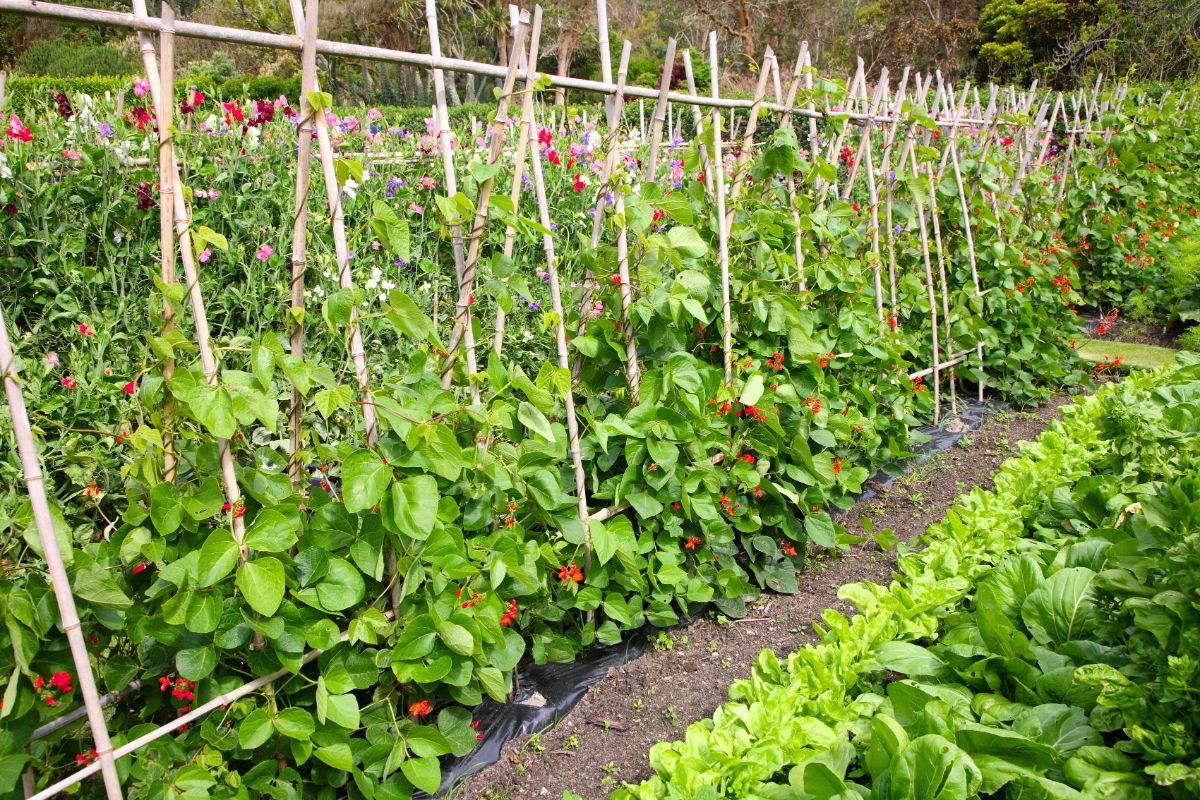
Raised beds can be constructed in a naturalistic style that coordinates with your landscape, but inground gardens blend even more seamlessly into the land around them. If you prefer a natural look to your garden, inground beds may be the way to do that.
More space
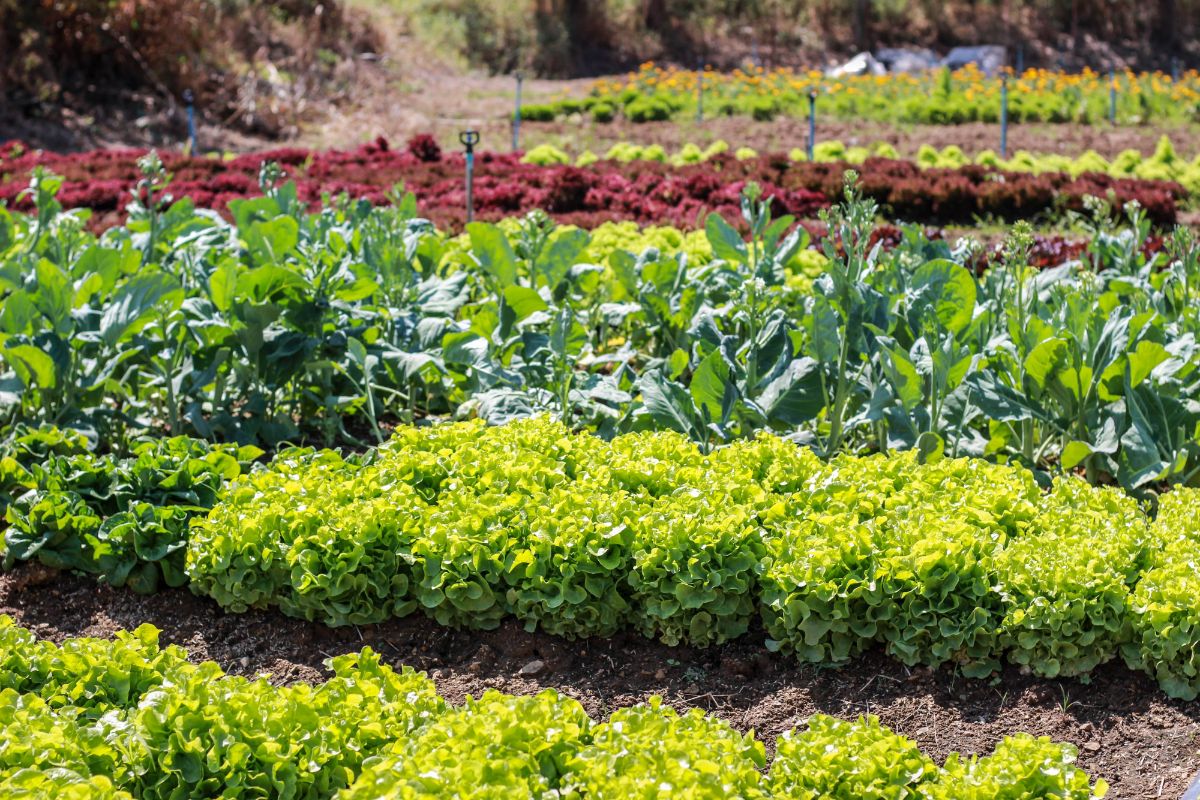
Due to their limited size, it can be more difficult to grow large plants in raised beds. Plants like corn, pumpkins, and horseradish can take over small, raised beds and overshadow nearby plants. Keeping these crops in raised beds is still possible, but it can mean more work for a home gardener.
Inground beds tend to be the best place to sow large and/or sprawling plants since they will have more space to grow. If you want to grow fields of corn, wheat, or other larger-scale crops, inground gardening is the way to do that.
Note: While sprawling plants can thrive in inground gardens, that isn’t always a good thing! Plants that spread vigorously, like mint and horseradish, can quickly take over inground gardens. Growing these plants in dedicated raised beds or containers is a simple way to keep them in check.
Cons

Inground gardens may be simple and inexpensive to start, but they do have a few drawbacks. Below are some of the cons of keeping an inground garden.
More weeds

Weeds are everywhere, and they can be more of a problem in inground gardens. While raised beds often use sterilized and/or weed-free soil, inground beds use the soil you already have, and weeds are always present in natural soil.
Pulling the weeds out of the surface of your soil will reduce some of the weeds in your in-ground garden; however, any soil disturbance can churn up weed seeds in the soil and bring them closer to the surface where they can sprout. This can be particularly problematic if you till your garden regularly, which is one reason why “no dig” gardening methods have become so popular in recent years.
In addition to the weeds that may already be present in your garden soil, grass and other weeds in your lawn can more readily creep into your inground garden since it doesn’t have perimeter walls. Edging your beds can keep weeds down, but weeds will need to be addressed from time to time.
Not suitable for all spaces
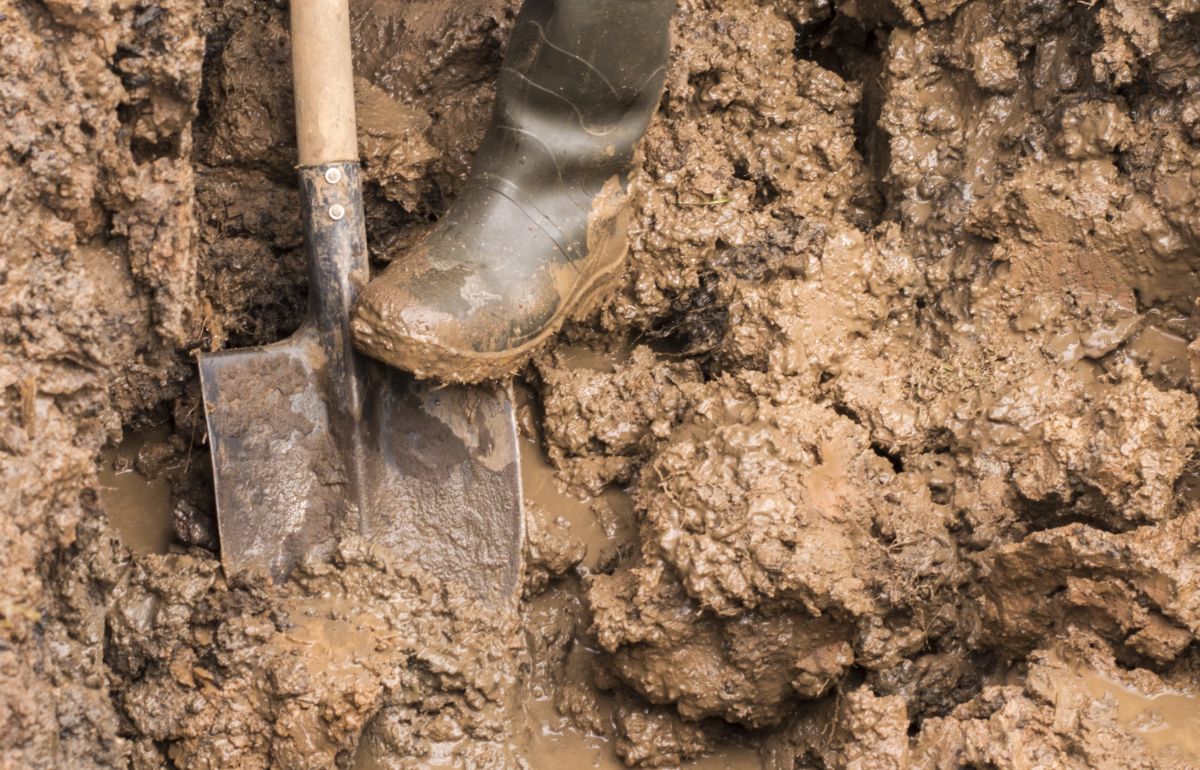
Very poor soil that doesn’t drain or that is packed with rocks can be extremely difficult to garden in. In these instances, creating raised beds is usually the simplest and most cost-effective solution.
No protection against soil-dwelling pests
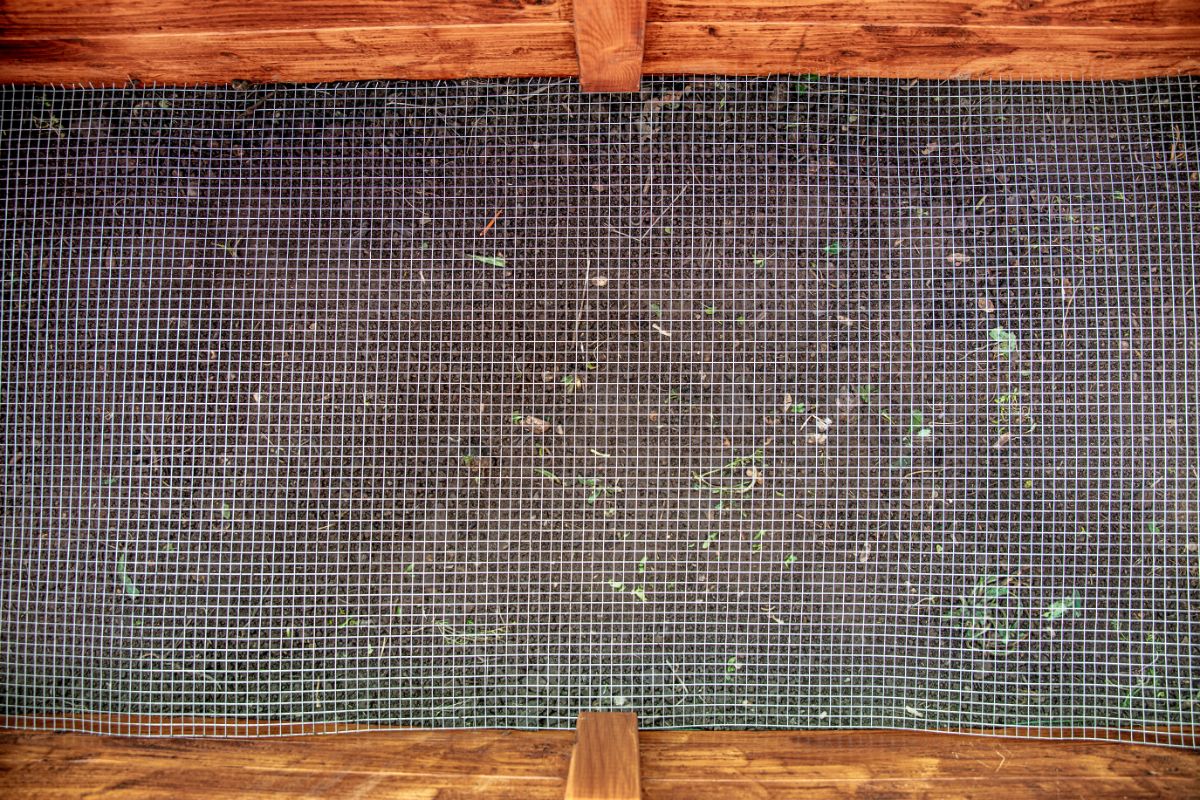
Raised beds with hardware cloth bottoms can be very effective at keeping voles from nibbling on root vegetables. But inground gardens offer no such protection.
Beds that have been inundated with wireworms or other soil-dwelling pests can also be difficult to deal with since these insects can overwinter in garden soil and come back year after year. Soil solarization can be an efficient way to manage these pests; however, raised bed gardens can also keep these critters away.
Summary
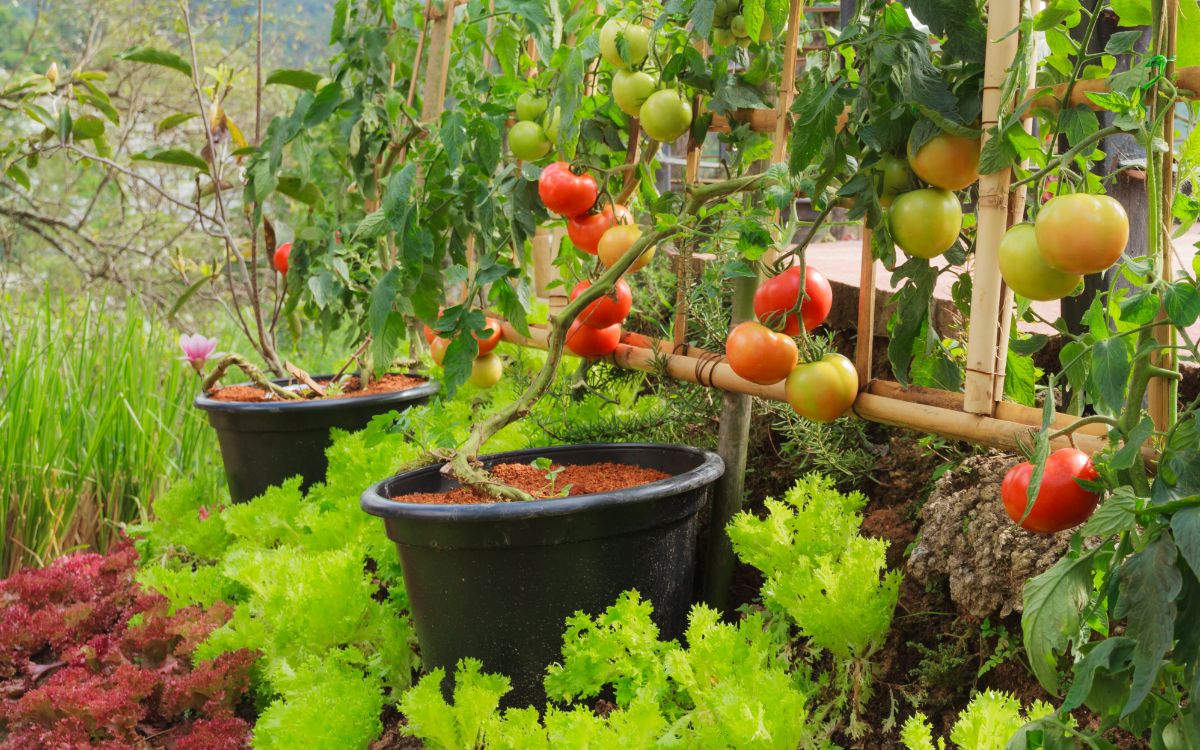
It’s a common conundrum for beginning gardeners. Are raised bed gardens better than inground plantings? Or are inground gardens the superior choice?
The answer is that there isn’t really an answer. Both inground gardens and raised beds have their pluses and minuses. So the choice really depends on you and your gardening style.
I personally grow my garden in a combination of raised beds and inground plantings. I find that this arrangement allows me to modify the soil as needed for more demanding plants while still maintaining a naturalized look to my landscape with inground arrangements. How you structure your garden will depend on many factors, but don’t be limited to just one garden type if you’d like to experiment.
Another gardening style that has been gaining popularity among small-space gardeners is container gardening. This adaptable gardening technique is ideal for urban gardeners, but it can also be combined with inground gardens or raised beds. If you’d like to read more about container gardening, you can read our guide on raising ginger in containers here.

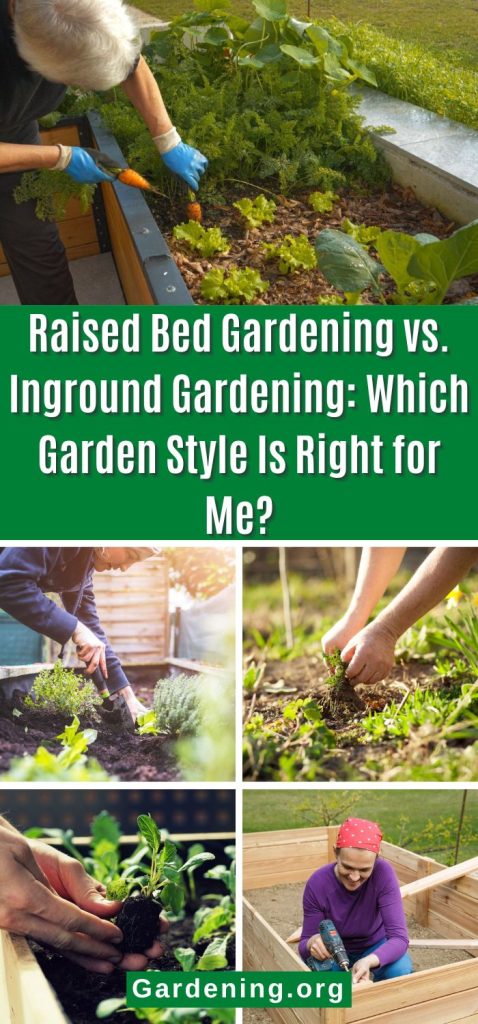
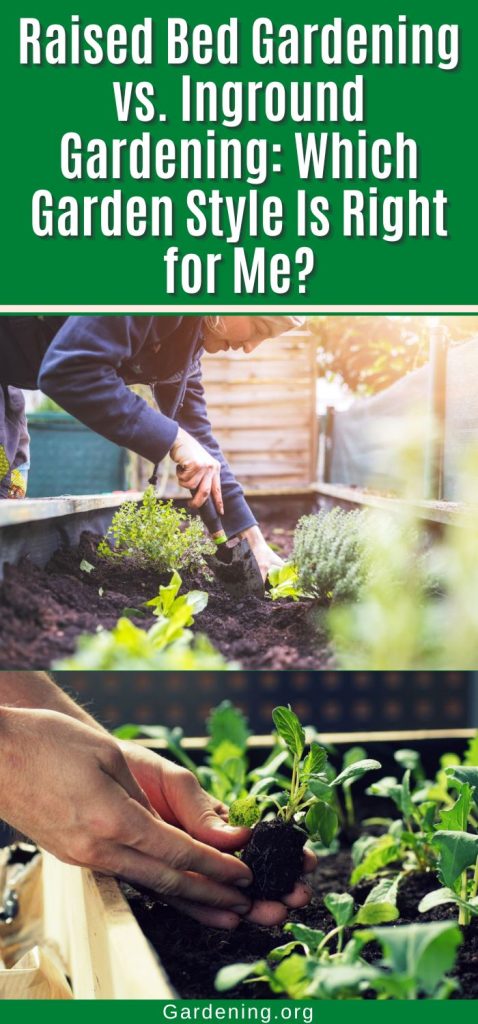
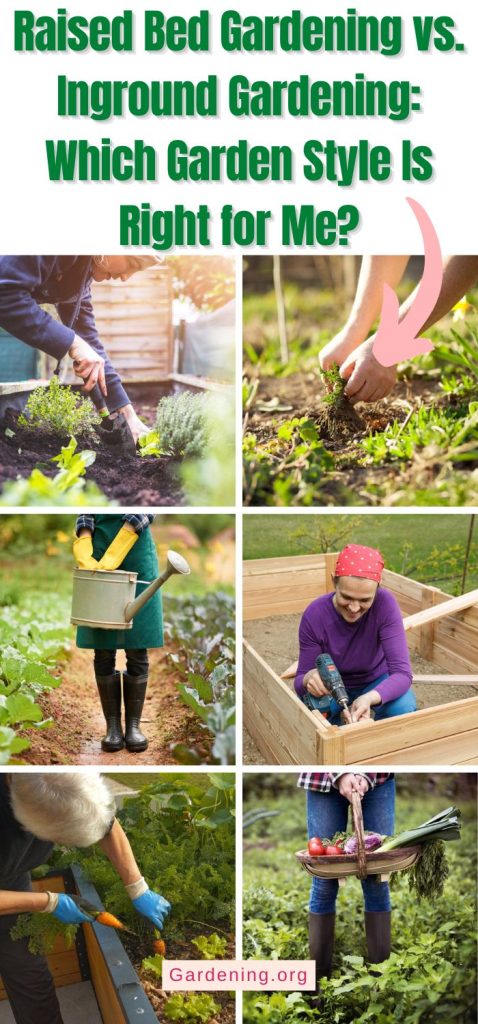





Leave a Reply